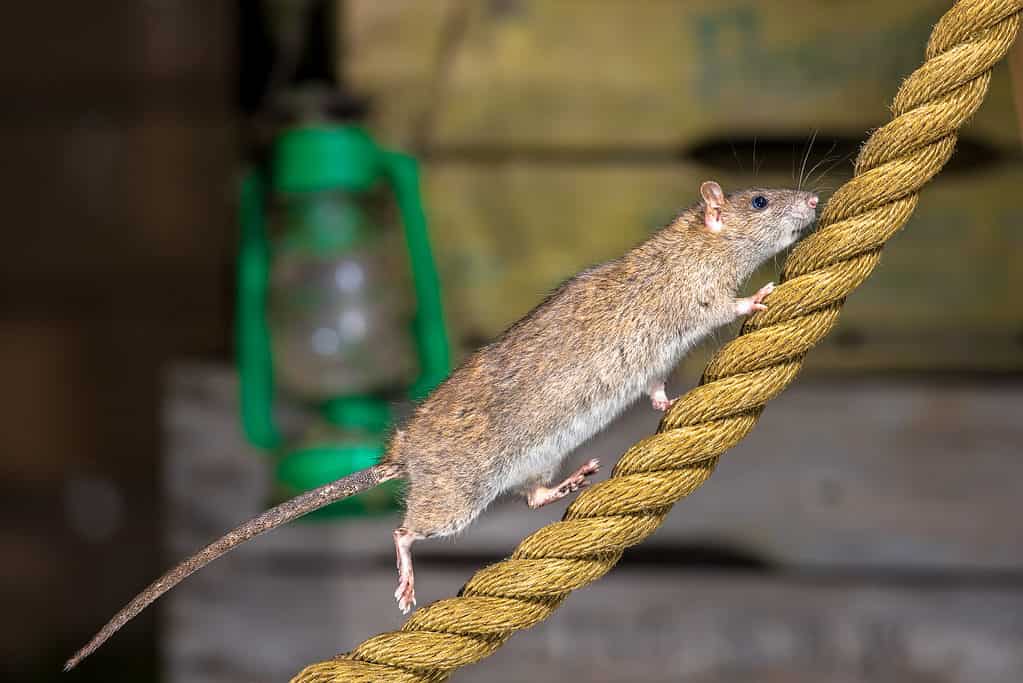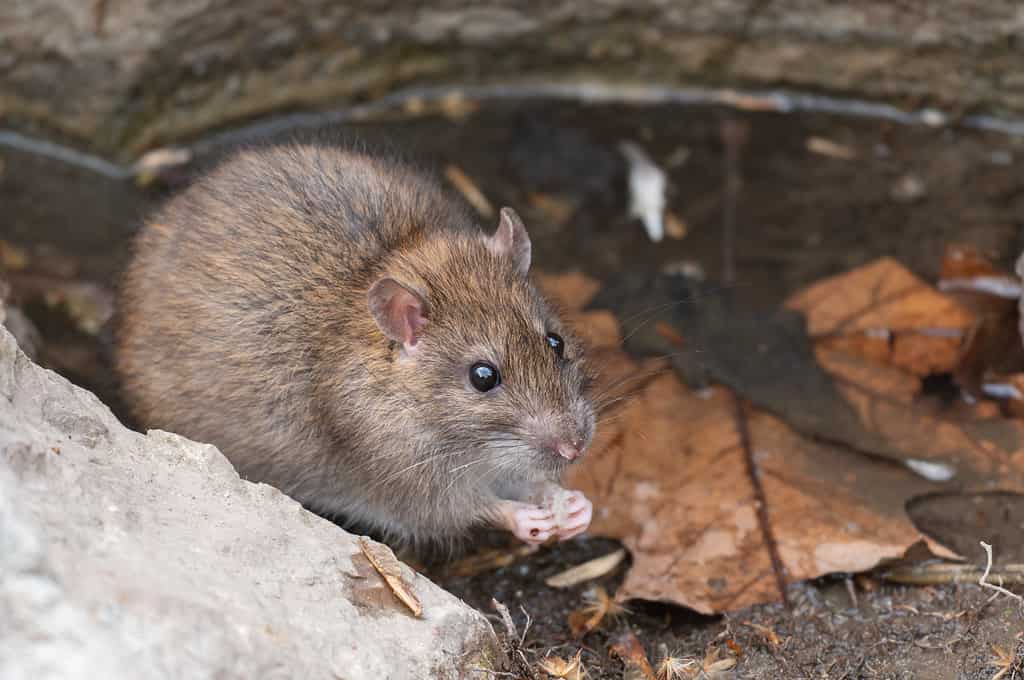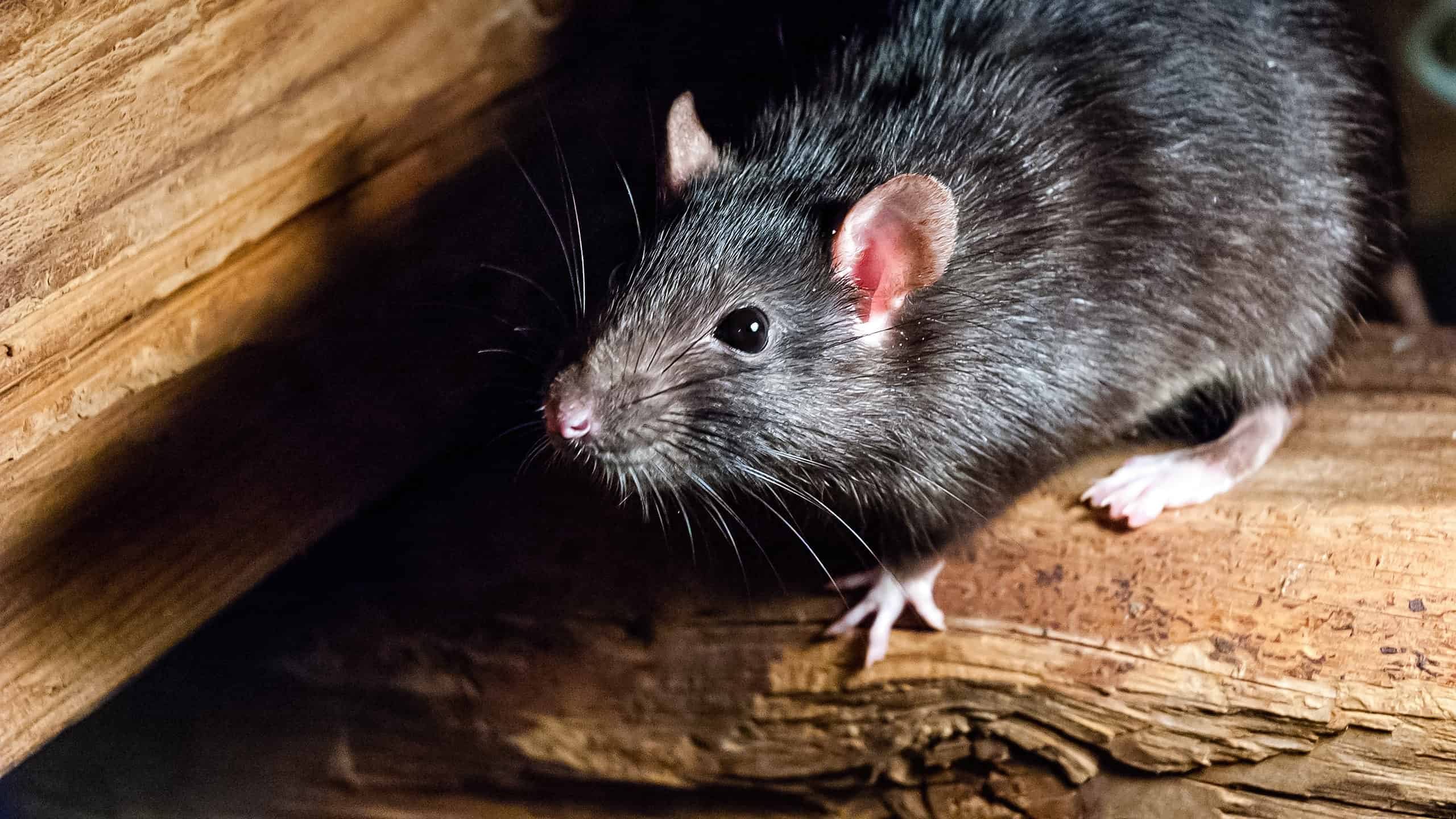Rat infestations are never a welcome site. These rodents wreak havoc on your property, chew through wires, contaminate food, and spread diseases. While professional extermination services are an option and recommended for severe infestations, they are costly and often involve using harsh chemicals that are harmful to both humans and pets. Fortunately, homemade rat poison solutions can help you deal with these unwelcome guests. Discover some efficient and safe homemade rat poison recipes so you can rid your home of rats and other rodents while keeping your family and the environment in mind.
Identifying Signs of Rat Problem
Rat infestations can spiral out of control quickly if left alone. One of the first steps to address your rat problem is to identify it. Rats are nocturnal, so you probably won’t spot them during the day. However, there are several telltale signs that can help you recognize their presence:
- Droppings: Rat droppings resemble small, dark pellets. Find them near nests, food sources, or along their regular paths.
- Teeth marks: Rats constantly need to gnaw on objects to keep their teeth from growing too long. Look for teeth marks on wires, wood, or plastic materials.
- Nesting materials: Rats use a variety of materials, such as paper, fabric, and insulation, to create nests.
- Noises: Listen for scurrying, scratching, or squeaking noises, especially at night. Unusual noises in your walls or attic may also indicate their presence.
- Tracks: Rats leave behind footprints and tail marks, particularly in dusty or muddy areas.

Rats can squeeze through openings as small as a quarter, thanks to their incredibly flexible bodies.
©iStock.com/CreativeNature_nl
4 Effective Homemade Rat Poison Solutions
When dealing with an active infestation, homemade rat poison solutions provide a cost-effective and environmentally friendly way to eliminate the pests. Discover the key common ingredients found in homemade rat poison:
- Baking soda: Baking soda disrupts rats’ digestive systems, leading to their expiration.
- Boric acid: This natural substance is toxic to rats. It is also commonly used in pest control.
- Cornmeal: Cornmeal is a base for rat poison and is attractive to rodents.
- Flour: Like cornmeal, flour is a carrier for other toxic ingredients.
- Sugar: This sweet ingredient attracts rats to your poison solution. You can also use peanut butter.
1. Baking Soda and Flour
Composed of simple pantry ingredients you probably have on hand, the baking soda and flour mixture works by attracting rats with the scent of flour. When the rats ingest the baking soda, it disrupts their digestive systems, causing them to die.
What you will need:
- 1 cup baking soda
- 1 cup flour
- Small bowl
Steps:
- Combine equal parts of baking soda and flour in a small bowl, creating a dry mixture.
- Place small amounts of the mixture in areas where you have observed rat activity, ensuring it is out of reach of children and pets.
2. Boric Acid Rat Poison Solution
Commonly found in homemade pest control mixtures, boric acid is an odorless, white compound derived from boron. The naturally occurring substance damages rats’ digestive and nervous systems when they consume it.
What you will need:
- ½ cup boric acid
- 1 cup sugar
- 1 cup water
- Shallow dish
Steps:
- Mix the boric acid and sugar in a shallow bowl.
- Add the water slowly to form a paste.
- Place the bowl near the areas where you have noticed rat activity.
3. Cornmeal and Plaster of Paris
This next solution only sounds like a project from art class. The cornmeal and plaster of Paris rat poison solution create an obstruction inside rats’ digestive tracts. The cornmeal attracts rats to the bait. When the rats drink water after consuming the plaster of Paris and cornmeal mixture, the water reacts with the plaster of Paris inside their stomachs. It hardens, forms a solid mass, and creates a blockage in the rat’s digestive system.
What you will need:
- 1 cup cornmeal
- 1 cup plaster of Paris
- Small bowl
Steps:
- Combine the cornmeal and plaster of Paris in a small bowl.
- Place the mixture in areas where you have noticed rats, ensuring it is inaccessible to children and pets.
4. Cocoa Powder Rat Poison
Sweet chocolate attracts rats, while baking soda provides an elimination method in this homemade rat poison solution. Baking soda leads to gas buildup, which causes their demise.
What you will need:
- 1 cup flour or cornmeal
- 1 cup sugar
- 2 tablespoons cocoa powder or powdered chocolate mix
- 1 cup baking soda
- Mixing bowl
- Small containers
Steps:
- In a mixing bowl, combine 1 cup of flour or cornmeal with 1 cup of sugar.
- Add powdered chocolate mix like cocoa powder to the mixture.
- Incorporate 1 cup of baking soda into the mixture and blend thoroughly.
- Fill small containers with the poison bait and place them in areas where you have noticed rodent activity.

Rats’ teeth never stop growing, so they constantly gnaw on objects to keep them from getting too long.
©iStock.com/MriyaWildlife
Safety Precautions
Always prioritize your safety and the safety of your children and pets when implementing homemade rat poison solutions. While DIY methods are more environmentally friendly, they still require responsible use and handling. Follow these tips and tricks for proper handling and storage:
- Storage: Store all homemade rat poison ingredients and mixtures in a secure location that is out of reach of children and pets.
- Gloves: Wear gloves when handling rat poison to minimize skin contact and adverse reactions.
- Placement: Position rat poison bait in areas where rats are active but inaccessible to children, pets, and non-target wildlife.
- Monitoring: Continuously monitor the baited areas to assess the effectiveness of the poison. Refill or replace the bait as needed.
- Alternative methods: Consider alternative rat control methods like live traps, routine home maintenance, and physical barriers.
Risks Associated With Rats
Rats pose risks to your property and health, including:
- Property damage: Rats chew on anything they come across, including electrical wires, wooden structures, and plumbing, which can lead to costly repairs.
- Contamination: Their presence can contaminate food stores with urine and droppings, potentially spreading diseases like salmonella and leptospirosis.
- Health concerns: Rats are carriers of various diseases, such as hantavirus and rat-bite fever, which can pose serious health risks to humans and pets.
Choosing the Right Homemade Rat Poison Solution
When selecting the right homemade rat poison solution for your home, consider several factors, such as the severity of your infestation, your household, and your comfort level with poison solutions.
First, evaluate your rat problem and consider whether it is small and localized or larger and more widespread. Additionally, consider indoor activity vs. outdoor activity. Lastly, assess the damage caused by rats, including chewed wires, contaminated food, or structural damage.
If you have children or pets, place your solution in areas that are inaccessible to them and consider non-toxic alternatives. Some homeowners prefer non-lethal solutions, such as live traps or deterrent methods. No matter which method you choose, monitor its effectiveness by checking baited areas regularly. Adjust your approach or call in a professional to handle your infestation.
Rat Maintenance and Prevention
Homemade rat poison is only one part of your rat prevention plan. It is also important to implement maintenance strategies for a long-term, rat-free home. Follow some of these tips and tricks:
- Seal entry points: Inspect your property for potential entry points and seal them to prevent infestations. Common entry points include pipes, vents, and cracks. Use materials like steel wool, caulk, or foam insulation to seal gaps.
- Home maintenance: Keep your home clean and well-maintained to reduce food sources and hiding spots. Store food in airtight containers and clean up crumbs and spills immediately. Additionally, ensure your trash cans have well-fitting lids and empty them regularly.
- Trim vegetation: Maintain your landscape’s vegetation by trimming and pruning regularly to eliminate hiding spots for rats.
- Standing water: Address drainage issues in your yard to remove water sources.
- Bird feeders: Eliminate bird feeders as a food source for rats if they are common on your property.
- Composting: Use rat-resistant compost bins to minimize rat activity.
Professional Rat Control
Rats cause health concerns and create unsanitary conditions. An infestation can quickly get out of hand. If your rat problem persists or the rat population does not respond to your homemade rat poison solutions, call a professional rodent control service to assess your situation.
Creating a Rat-Free Home
Homemade rat poison solutions are a valuable tool for rat control, offering cost-effective and environmentally friendly alternatives to professional extermination services. However, success in eliminating rats and maintaining a rat-free environment hinges on a combination of factors, from selecting the right homemade poison to adopting responsible pest control practices.
Maintenance and prevention are the keys to long-term success. By sealing entry points, maintaining cleanliness, and removing attractants, you can reduce the likelihood of future rat infestations. Continual monitoring and, if necessary, professional assistance also ensure your home remains rat-free.
Thank you for reading! Have some feedback for us? Contact the AZ Animals editorial team.








